Truck parking lots for commercial use must accommodate heavy loads and larger vehicles. Additionally, mixed-use…
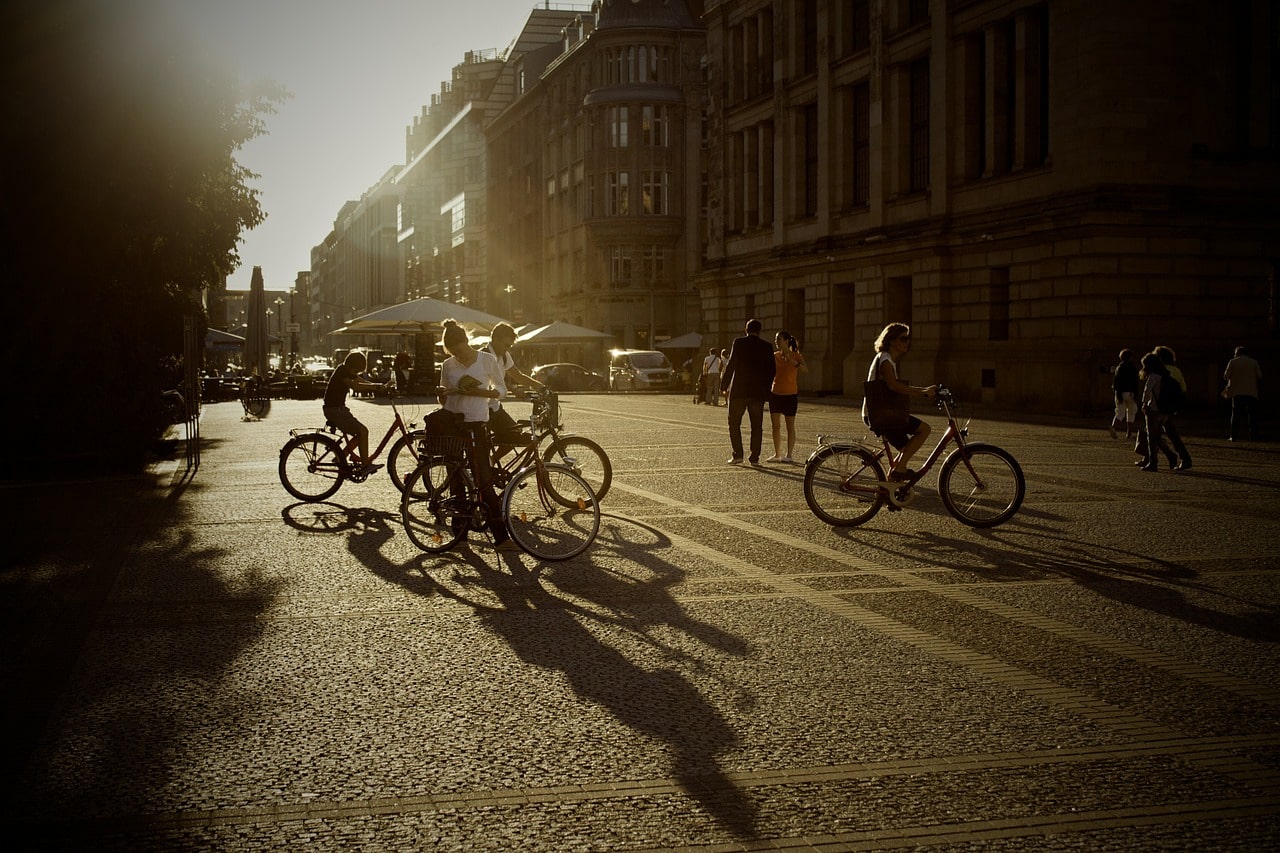
Sidewalk Principles for Building More Active Cities
The growing awareness for the need of living healthily has seen many turn from a sedentary lifestyle. People want to be more active. Urban designers are adapting to this change by building more active cities, which has more benefits than your traditional city.
An active city is a healthy, competitive city
Active cities promote a healthier lifestyle because they encourage walking or biking instead of using cars to go to your destination. Healthier individuals tend to perform better, yielding higher productivity at work or in school. Active cities also need less maintenance and have a higher return on investments.
Sidewalks help make urban cities more active by promoting walking to pedestrians. However, in order to fully inspire commuters to walk or bike, sidewalks should be safe, usable and interactive.
Safety
Ensuring pedestrian safety is one of the biggest challenges urban developers have to address. At its inception, sidewalks separate pedestrians from vehicles on the road, keeping them away from potential harm.
However, sidewalks with holes and cracks can be tripping hazards to the elderly, children, people with disabilities and even for bikers. Dimly-lit sidewalks can also be dangerous for pedestrians especially at night.
To avoid these problems, sidewalks need to be well-maintained. There should be a regular schedule of repairs to address holes and other damage on the sidewalks. A good street is a street that has working lamps and CCTV cameras to ensure safety at night.
Usability and accessibility
Sidewalks should be usable by everyone, regardless of age and walking capabilities. A truly active city empowers pedestrians, and empowering pedestrians means empowering the elderly as well as those with disabilities.
It’s better that sidewalk surfaces are smooth but not slippery for the elderly and for those who use wheelchairs and crutches.
Seats in different areas of the sidewalk mean that the elderly can take quick rests while walking. In Japan, the streets have markers that blind people can use as guide to get to their destination.
A sure way to make a city more active is to make sidewalks are also accessible to different modes of transportation. Sheds at bus stops encourage bus use as waiting becomes comfortable. Frequently placed ramps at strategic locations on the sidewalk is an indication that a city is serious about providing mobility to all of its citizens.
Interactive
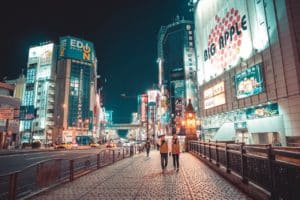 Improve the sidewalk experience by making sidewalks more interactive. This usually comes after securing the sidewalk’s safety and usability.
Improve the sidewalk experience by making sidewalks more interactive. This usually comes after securing the sidewalk’s safety and usability.
If the sidewalk is safe and accessible, more people will use it. For example, a busier sidewalk tends to attract food sellers or street performers. Urban designers can improve interactivity on a sidewalk by making them more visually appealing. Artists may begin to paint on the sidewalk or install large, colorful sidewalk pavers. All this activity begins to add color and vibrancy to a city.
To really make sidewalk interactive, some cities have incorporated games on the sidewalk, like hopscotch squares or giant chess pieces that children and even adults can play with. Trees and other ornaments along the sidewalks, make that morning or night jog much more of a pleasure.
The challenge of building active cities lies in inspiring its inhabitants to adapt healthier lifestyles. Part of this transformation begins with urban developers and designers committing to promoting safe and accessible sidewalks.
Committed to building active cities
K&E Flatwork is committed to building active cities by improving the quality of sidewalks. We offer a variety of services for sidewalk pavers and curbs.
Contact us here today.

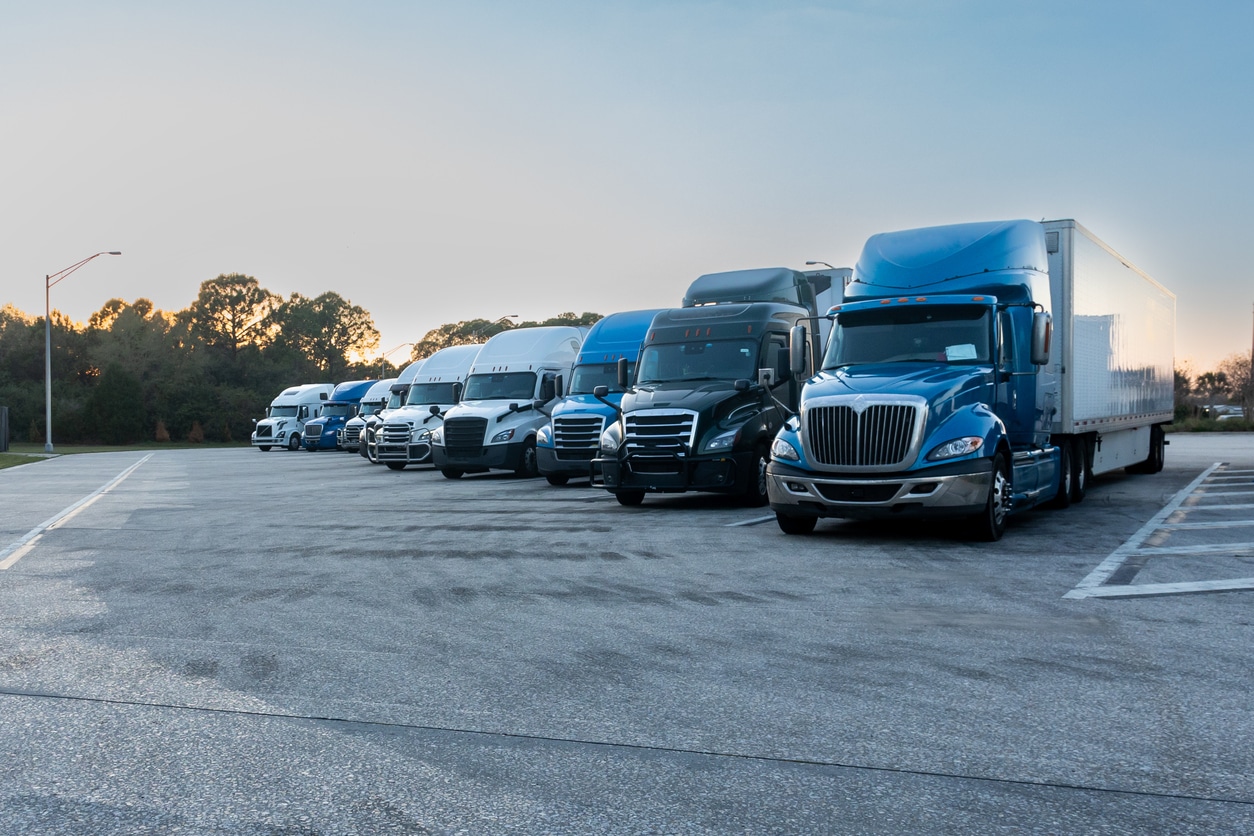
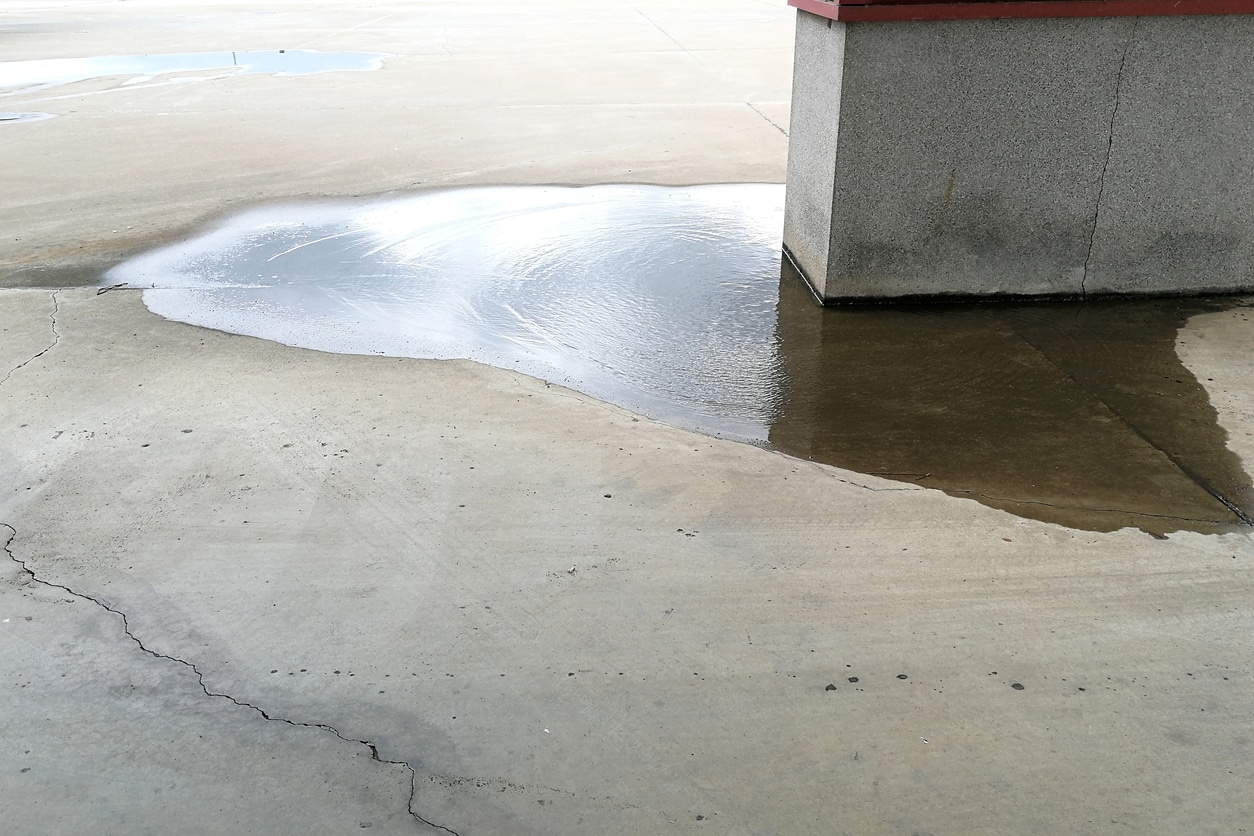
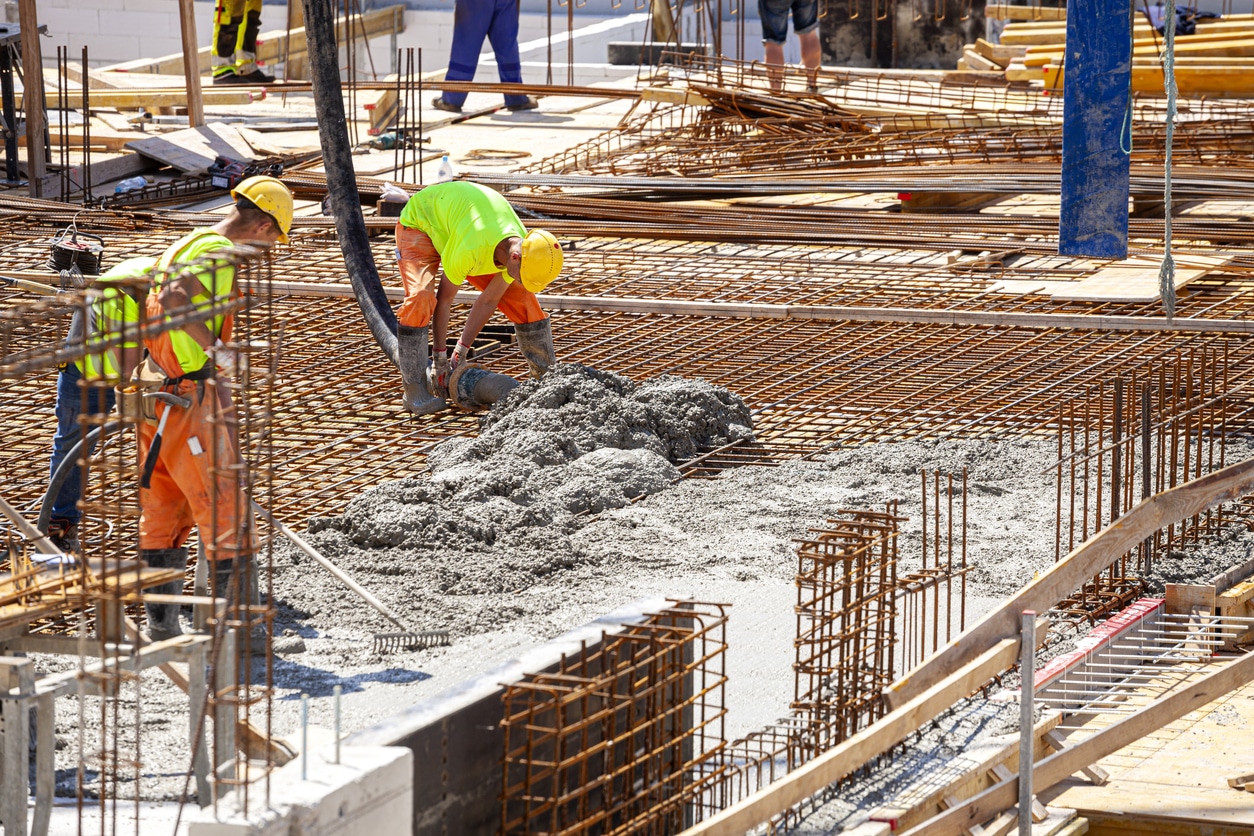
This Post Has 0 Comments